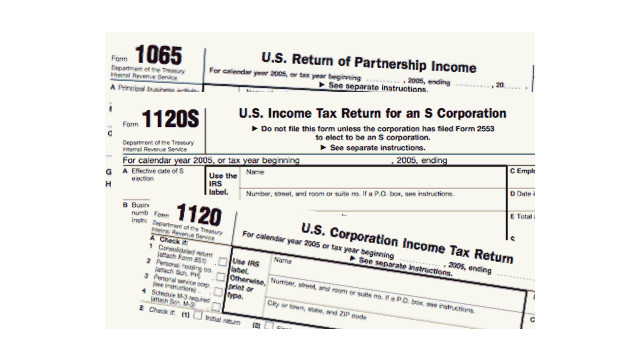Benefits
3 Tips to Capture Big Write-Offs for Business Assets
If your business is ramping up operations at the end of the year or pivoting to a new product line or activity, you may need to acquire additional business assets for the big push. Fortunately, the tax law provides generous benefits for year-end ...
Nov. 02, 2020

If your business is ramping up operations at the end of the year or pivoting to a new product line or activity, you may need to acquire additional business assets for the big push. Fortunately, the tax law provides generous benefits for year-end purchases. In fact, depending on your situation, you may be able to deduct most, if not all, of the costs of assets placed in service this year.
The tax write-offs are based primarily on three depreciation-related tax breaks.
1. Section 179 deduction: Under Section 179 of the tax code, your business can currently deduct the cost of business assets placed in service in 2020 up to a generous limit. Notably, the maximum Section 179 deduction was doubled by the Tax Cuts and Jobs Act (TCJA) from $5,00,000 to $1 million and indexed for inflation. It’s $1.04 million in 2020 (increasing to $1.5 million in 2021).
But you must contend with a couple of special rules that may keep deductions below the maximum.
- The Section 179 deduction can’t exceed the amount of income from your business.
- The deduction is reduced on a dollar-for-dollar basis for costs above a threshold. This figure was also raised by the TCJA. It is $2.59 million in 2020 (increasing to $2.62 million in 2021).
Despite the limits, this is often sufficient to cover your entire cost for 2020, but there’s more.
2. Bonus depreciation: The TCJA also doubled the 50% first-year “bonus depreciation” deduction to 100% for qualified property placed in service after September 27, 2017. For these purposes, qualified property includes tangible property depreciable under the Modified Accelerated Cost Recovery System (MACRS) with a recovery period of 20 years or less.
Furthermore, the TCJA also expanded the definition of qualified property to include used property. Previously, bonus depreciation was only available for new property. Note that the new Coronavirus Aid, Relief, and Economic Security (CARES) Act fixed a glitch in the TCJA, thus allowing certain “qualified improvement property” (QIP) to qualify for bonus depreciation.
Be aware, however, that the bonus depreciation tax break is scheduled to be phased out over five years, beginning with property placed in service in in 2023. No deduction will be allowed after 2026 unless Congress revives this tax break.
3. MACRS deductions: MACRS is generally associated with the regular depreciation deductions that businesses have relied on for decades. Under MACRS, the cost of qualified property placed in service is recovered over a specified period of years, with larger write-offs in the early years of ownership.
Annual deductions are based on the “useful life” of the appropriate property. For example, computers have a five-year useful life, while most other types of equipment or machinery are depreciated over seven or 15 years. This deduction is available to “clean up” any amounts remaining after the Section 179 and bonus depreciation deductions are exhausted.
Warning: If the cost of business assets (not including real estate) placed in service in the last quarter of the year—October 1 through December 31—exceeds 40% of the cost for the entire year, MACRS deductions are generally reduced. Don’t be snared by this little-known tax trap.
When you combining these three tax breaks, your small business should be in good tax shape. Reminder: These deductions are available for qualified assets placed in service anytime during 2020—even if it’s the last day of the year!
